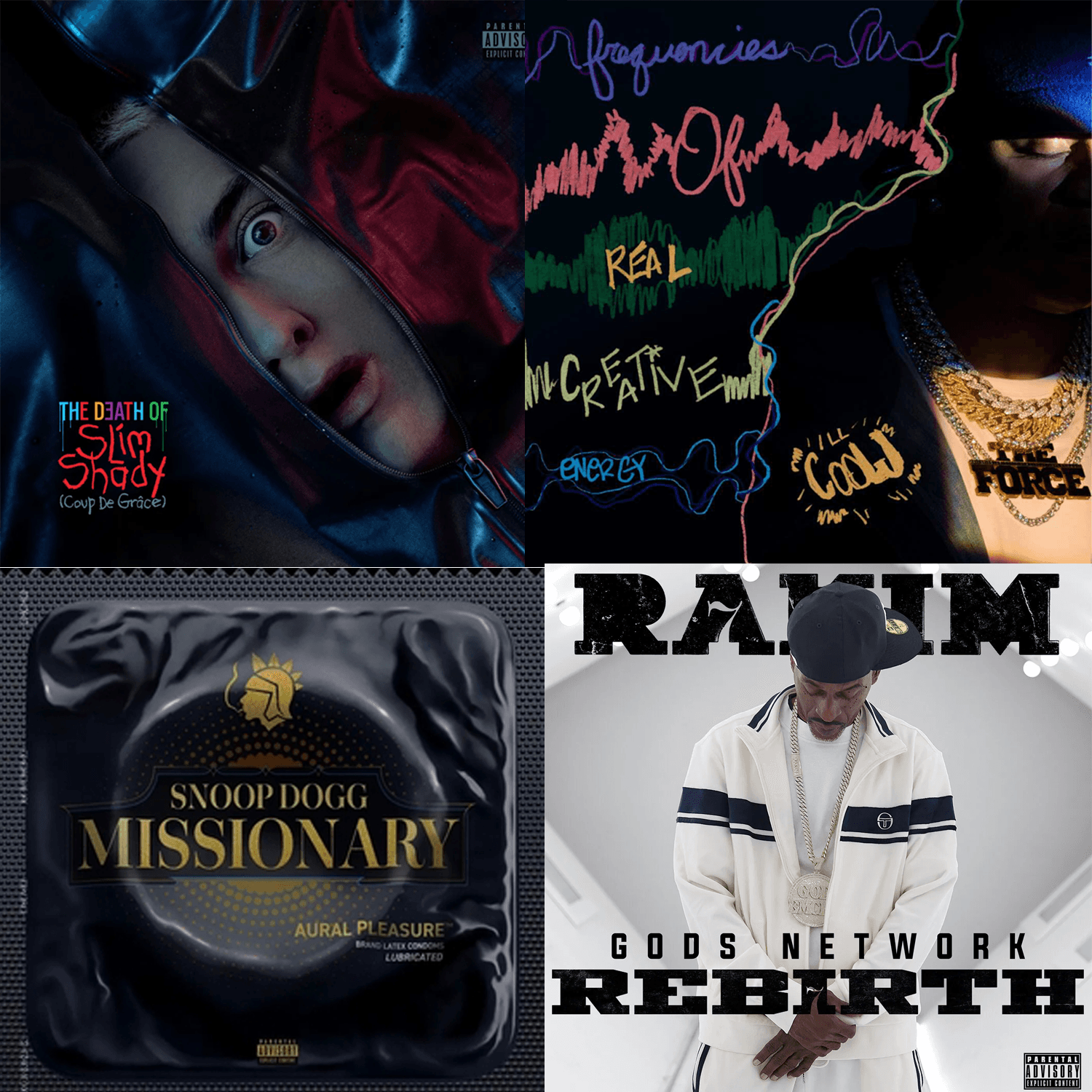Monday, September 23, 2024
Spotify
Share
Spotify Hits Record High After 10-Day Rally
Spotify Hits Record High After 10-Day Rally
Spotify (NYSE: SPOT) recently achieved a record high of $369 on September 23, 2024, marking the longest winning streak in the company’s history with a 10-day rally. The stock is up over 90% in 2024, signaling strong investor confidence in Spotify's ability to lead the streaming industry. However, this success comes at a time when the music industry is undergoing significant changes that highlight deeper issues for both record labels and artists.
Platforms Rising, Labels Falling
Spotify’s stock surge represents more than just company growth—it's a snapshot of how digital streaming platforms (DSPs) are now taking the lion’s share of the profits in the music industry. Platforms like Spotify and Apple Music dominate music distribution, while traditional record labels struggle to maintain their financial footing. In 2024, the signs are clear: record labels are facing mass layoffs, and key executives are stepping down, signaling the immense pressure caused by the DSP model.
Artists, too, are suffering. Despite the billions made by streaming platforms, artists see only a fraction of the profits, often making pennies per stream. This imbalance raises an important question: are DSPs becoming the new villains in the music business? Artists and labels have long benefited from each other, but streaming has tipped the scales in favor of platforms like Spotify.
Are DSPs the New Bad Guy?
The rise of DSPs has led many to rethink their role in the music ecosystem. With Spotify expanding its services to include audiobooks and other offerings, the company is broadening its revenue streams while leaving both labels and artists behind financially. Spotify’s dominance raises concerns over its role as a gatekeeper of music, collecting substantial profits while paying out minimal royalties to creators.
While platforms like Spotify continue to grow, the financial outlook for record labels appears grim. Many are questioning if labels and artists should unite to push back against the DSP model. With minimal payouts from streaming, there’s a clear need for new business models that benefit both artists and labels without funneling all the profits to streaming platforms.
A New Business Model for Artists and Labels?
In the current climate, artists and labels may need to work together to reclaim a greater share of revenue. Traditional label-artist deals are increasingly unsustainable as streaming becomes the dominant form of music consumption, but pays very little. By uniting, labels and artists could potentially create alternative income streams, such as merchandise, tours, or even exclusive platform partnerships, to increase their earnings.
Many are beginning to view Spotify’s stock success as a sign of an imbalanced system where the platforms are thriving, but those who create the music struggle. As the industry evolves, there is growing momentum for labels and artists to collaborate on new revenue-sharing models that don’t rely solely on streaming.
What’s Next for the Music Industry?
As Spotify continues to hit record highs, the gap between platform success and artist struggles becomes more apparent. Competition from other platforms like Apple Music and Amazon Music still exists, but the bigger question for the future may be: how will artists and labels navigate this new landscape?
In 2024, platforms like Spotify are the clear winners financially. However, if labels and artists don’t start rethinking their partnerships and business models, they risk losing even more ground in an industry increasingly dominated by DSPs. The future may depend on whether they can collaborate to create a more balanced ecosystem where everyone, not just the platforms, profits.






